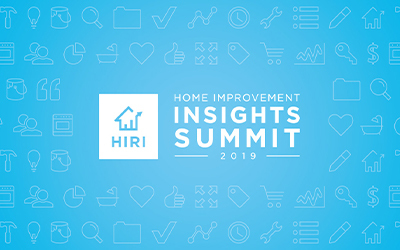2. Employ strong, succinct visual branding that meets your audience where they are.
Attention spans are shortening across the board, but Gen Z takes this trend to the next level.
Roughly 70% of Gen Zers watch more than two hours of YouTube per day,
and they’re often switching between as many as five screens
simultaneously. (Unsurprisingly, 80% also report feeling distressed when
separated from their electronic devices.) For marketers, this means
digital ads must resonate quickly and repeatedly to earn attention and
build brand recognition for future purchases.
On a related note, Gen Z is the most culturally diverse generation to
date. They’re also hyperaware of authenticity and values in commerce.
This means they want to see themselves and their worlds reflected in
entertainment and advertising, and they have the words and the platforms
to publicly call out brands
that miss the mark. Instead of ignoring changing demographics or
relying on ambiguity, marketing leaders must deliberately feature a
variety of people from different backgrounds including race and
ethnicity, ability, LGBTQ and nonnuclear family structures.
This sign of the times should also influence your hiring and
teambuilding decisions. When a brand makes an ignorant mistake on social
media or in an ad, it leaves a lot of consumers assuming, perhaps
rightly, that the people on the other side of the ad don’t share their
world view and values.
3. Create a user-friendly, highly searchable online experience.
Gen Z consumers are digital natives, making them expert online
searchers and purchasers. But consumers of all ages are increasingly
moving through the discovery and research process online. What remains
distinct are the social platforms they’re using, which vary by
generation and in style and purpose. Your 2020 focus could build brand
awareness with Gen Z on Snapchat while moving millennial users down the
purchasing funnel on Instagram.
Regardless of your social strategy, it’s crucial that your brand
remain relevant in search engine results. Search engines are getting
smarter, considering not just keywords but also the context behind
phrases and questions. Writing conversational website content with
relevant keywords will help you rank higher in search results. If your
content also provides a valuable, positive user experience, your
audience is more likely to think of your brand as a resource later on.
(Interested in boosting your search engine results? Check out these 15 tips for increasing traffic.)
Gen Z, millennials, Gen X and boomers have distinct perspectives that
inform their cultural values and consumer behavior. These digital
marketing best practices can help ensure your brand resonates with
younger audiences now and build brand loyalty for the future.


